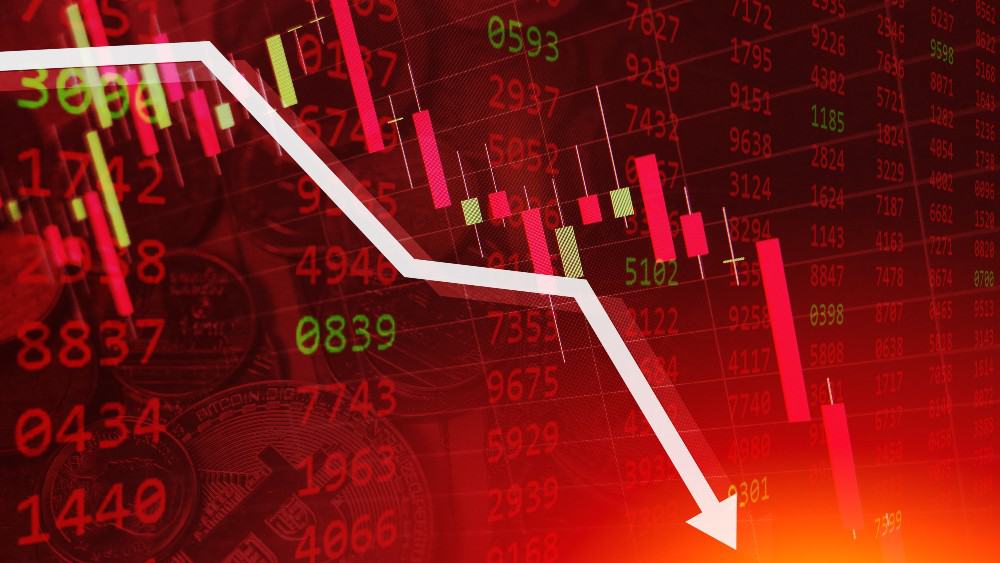Warren Buffett is always prepared for a market crash. First, it’s about having a diversified portfolio with which you’re comfortable withstanding the volatile financial markets. Second, have the dry powder to take advantage of opportunities that pop up.
Mr. Buffett is prepared for a market crash with lots of cash available. Here’s how you can prepare for a 2021 market crash.
Cash
Buffett’s Berkshire Hathaway (NYSE:BRK.A)(NYSE:BRK.B) has a fortress balance sheet with tonnes of cash and cash equivalents. Under his insurance and other businesses (railroad, utilities, and energy), Berkshire has US$26.8 billion of cash and cash equivalents.
Additionally, it also has close to US$119 billion in short-term U.S. Treasury Bills, which can be liquidated quickly.
Investors can’t come up with capital from thin air. By having cash ready, you’ll be able to buy stocks on the cheap when a market crash occurs.
In aggregate, Berkshire has about 35% of its portfolio in cash and cash-like assets. Not everyone can be patient enough to have 35% of one’s portfolio in cash that earns close to no returns. However, with the stock market trading at near all-time highs and the world not entirely out of the woods with the pandemic yet, it’s a good idea to have a bigger portion of cash available.
Notably, Berkshire also generates billions of dollars in dividends or cash flow from its stock holdings and businesses every year. So, it’s helpful if you have consistent cash flows such as from active income and dividend stocks generating passive income.
Investing the cash during a market crash
At one point, you want to invest the cash that you have set aside. Oftentimes, stocks become attractive around the same time during a market crash. So, you want to prepare what to buy and how you allocate the capital.
Depending on your portfolio composition and how much cash you have available, how you allocate your new capital will be different. In any case, you want to prepare a list of quality stocks and the price ranges you’re willing to pay for them.
For example, during the market crash earlier this year, the Canadian banks fell to valuations last seen in the 2009 recession.
Investors could have determined Toronto-Dominion Bank (TSX:TD)(NYSE:TD) as a quality bank stock to own ahead of time. They did not need to buy it at the bottom of $50 per share to generate good returns. If you bought it around $60 after the dividend stock stabilized a bit, you would still be sitting on nice gains of approximately 20%.
During the 2020 market crash, you could also have bought units of Brookfield Property Partners (TSX:BPY.UN)(NASDAQ:BPY) that has about 85% of its balance sheet in core office and retail properties.
BPY is a riskier stock than TD given that the long-term trend of office and retail properties is now more uncertain due to work-at-home trends and the pandemic.
But accordingly, BPY delivered greater returns than TD. Again, investors could have purchased at $13 after the stock has stabilized and still gotten total returns of more than 50% along with the rich dividend in less than half a year.
If you were interested in both TD and BPY and you had neither before the market crash, you might have bought a bigger position in TD stock than BPY due to the surer long-term outlook of TD.
The Foolish takeaway
To prepare for a market crash, set up your portfolio such that it cannot fail. A defensive portfolio consists of core holdings — quality businesses that you know will still be doing well 10 years later.
Simultaneously, it’d help tremendously if your portfolio generates nice income that can be invested in carefully chosen opportunities that come your way.
Depending on your financial goals, you might even choose to allocate a portion of your portfolio in riskier investments such as turnaround or smaller-cap stocks for greater potential returns.
 Claim Membership Credit
Claim Membership Credit







